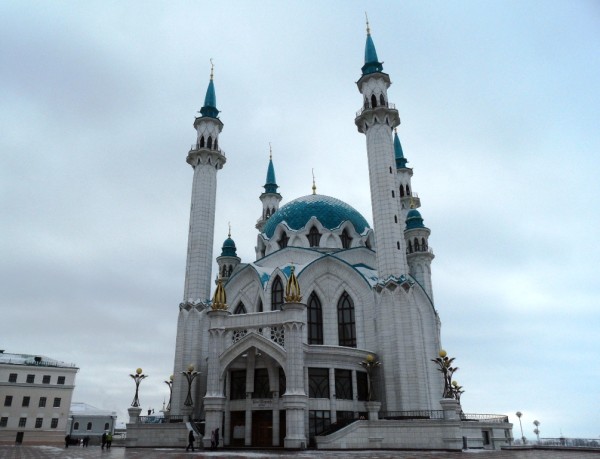
My final stop on the Trans-Siberian Railway before returning to Moscow was Kazan, a city that is as ethnically and religiously diverse as Ulan Ude – perhaps more so. It is the capital of the Republic of Tatarstan, an autonomous region within Russia populated over 50% by Tatars – a Turkic people with roots dating back to the Gobi Desert in the 5th century. The Tatars adopted Islam in medieval times and, as a result, Islam has a significant presence in Kazan.
In addition to its diversity, Kazan has a reputation for being a beautiful city – every Russian I met on the Trans-Siberian fawned over it. It was hard to tell in my two-day visit as most of the city was covered by nearly a foot of dirty, mushy snow leftover from a recent snowstorm, but I definitely saw the potential.
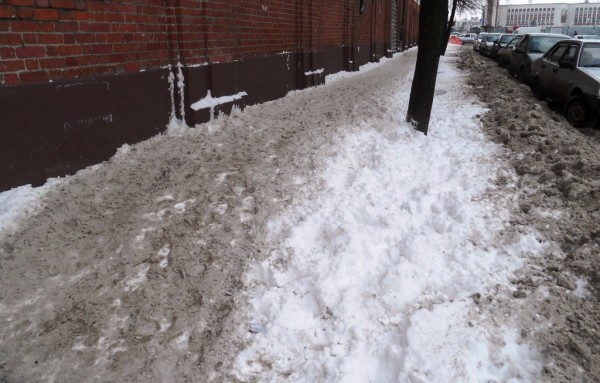
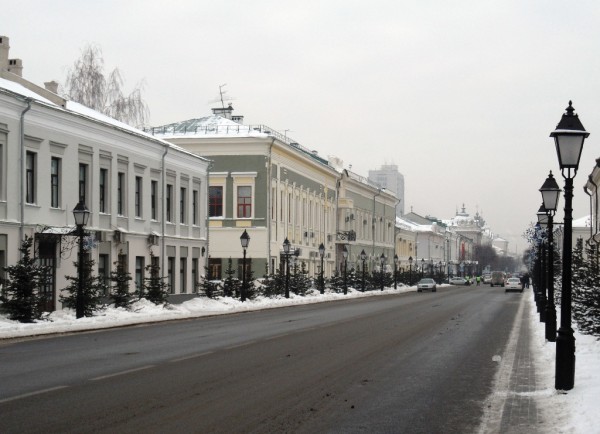
I spent the good part of one afternoon touring the Kremlin, which I found far more impressive and interesting than the Kremlin in Moscow. There, I visited the Museum of Islamic Culture (located in the basement of a large mosque), the Museum of Natural History and a Russian Orthodox church. Just outside of the Kremlin, I also stopped at the National Museum of Tatarstan.
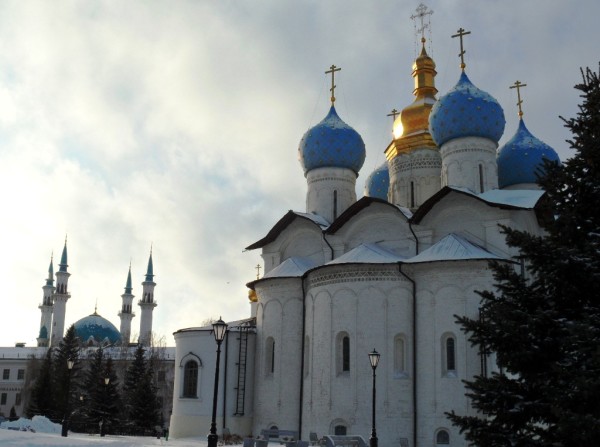
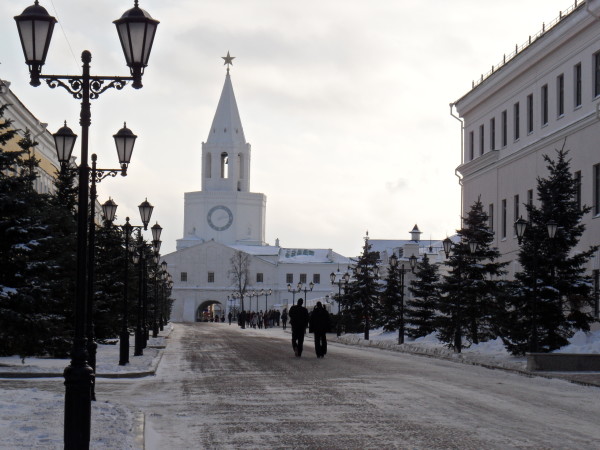
Perhaps the most interesting thing I saw, though, was located several miles outside of the city: The Temple of All Religions.
This is no ordinary temple. Under construction since 1992, it isn’t an active temple of any religion but instead has been built to include architecture reflecting many religions – eventually 16 altogether when it is complete. Religions currently represented include Russian Orthodoxy, Islam and Judaism, among others. On the walls surrounding the temple, you can see words such as Peace, Freedom, Brotherhood and Solidarity inscribed in multiple languages.
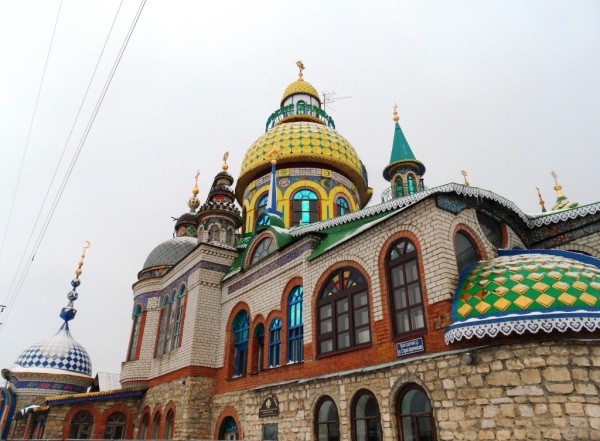

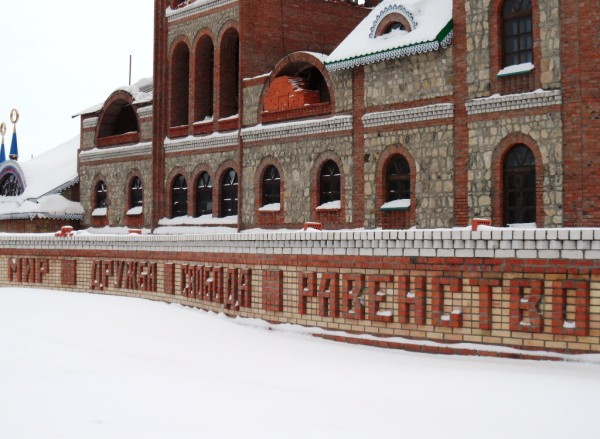
There isn’t much to see at the temple itself aside from the outside. Only those seeking a consultation with the founder of the temple, Ildar Khanov, are allowed to enter. Out of curiosity, I joined the line of about ten others waiting for admission, but after about thirty minutes and not seeing anyone ahead of me go in, I gave up.
I personally love the concept behind the project – the idea that all major world religions may one day peacefully co-exist. And I can’t decide if it is ironic or fitting for such a temple to be constructed in a country that once shunned religion altogether during the communist years. Regardless, I hope that one day it will be more than just a roadside tourist attraction in the third-largest city I Russia. It has the potential to be so much more.
I spent my last couple hours in Kazan strolling along the main pedestrian street and what I saw seemed to sum up the feeling of the city: young people singing and dancing together in the street.
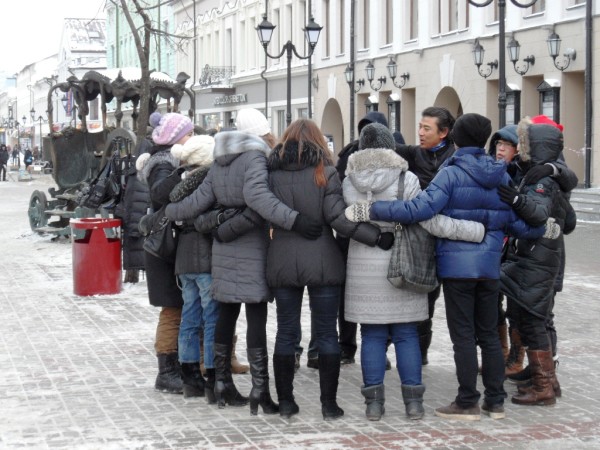
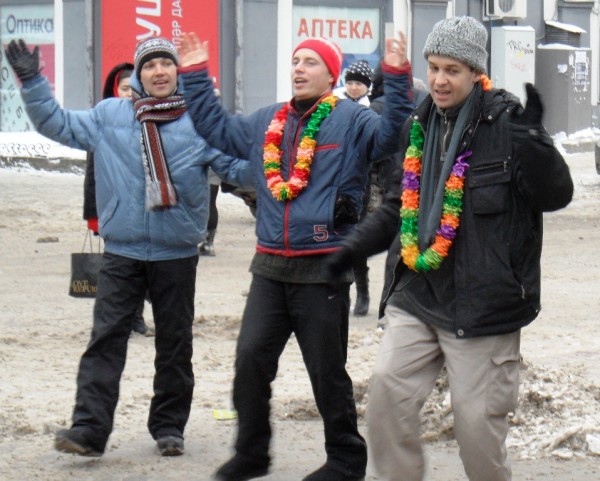
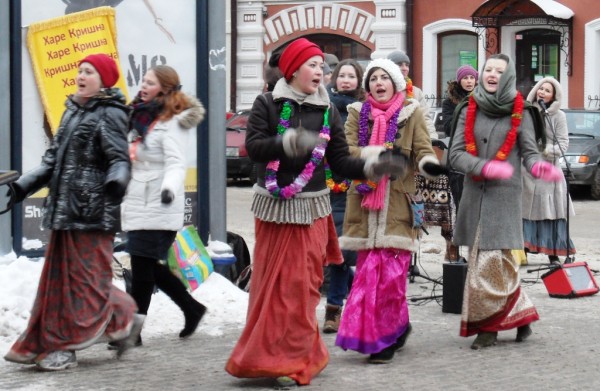
As I stopped to listen to the first group’s a cappella Christmas carols and then watch the second group’s choreographed Hawaiian-inspired dance, I couldn’t help but smile and think it was the perfect end to my long Trans-Siberian journey.
